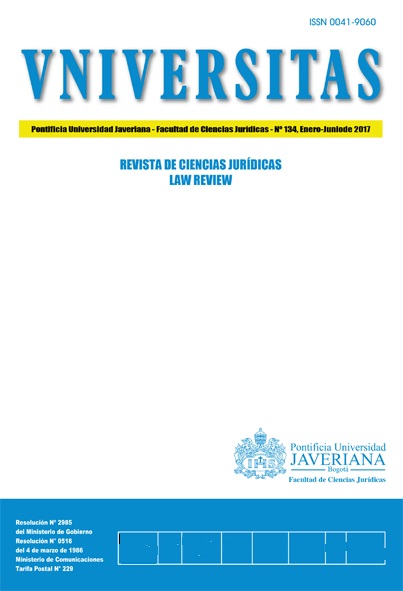Abstract
This article examines the role of the liquidator in insolvency proceedings in Colombia, highlighting the dual function as a justice auxiliary and legal representative of the debtor. The multitude of regulations governing this role, the differences between insolvency regimes, and the absence of a uniform framework have led to misinterpretations of its function. In some procedural scenarios, the liquidator is perceived merely as an auxiliary whose activity is limited to procedural formalities and compliance with the orders of the competent authority, disregarding the essential role as the director of the process, who seeks, through independence, to ensure procedural equity, protect the general pledge of creditors, and administer the insolvency estate. Through an analysis of the regulatory, jurisprudential, and doctrinal framework, this article demonstrates the relevance of the liquidator within the multipartite structure of the insolvency process and the challenges faced in professional practice.
Corte Constitucional, Sentencia T-172 de 2022, magistrada ponente Paola Andrea Meneses Mosquera.
Superintendencia de Sociedades, Delegada para los Procedimientos de Insolvencia, Auto No. 400-000197 del 17 de marzo de 2025.
Superintendencia de Sociedades, Delegada para los Procedimientos de Insolvencia, oficio 2023-01-736200 del 12 de septiembre de 2023.
Superintendencia de Sociedades, Manual del Liquidador de la Superintendencia de Sociedades (2009), disponible en https://www.supersociedades.gov.co/documents/107391/631704/LJ-M-001+MANUAL+DE+LIQUIDADOR.pdf/88c094a4-bec2-47db-39d6-1f544a35cd56?t=1662503770974&download=true (consultado el 17 de marzo de 2025).

This work is licensed under a Creative Commons Attribution 4.0 International License.



